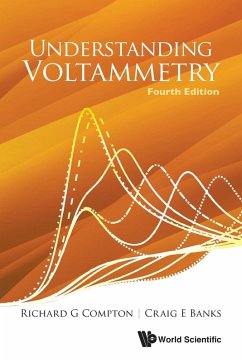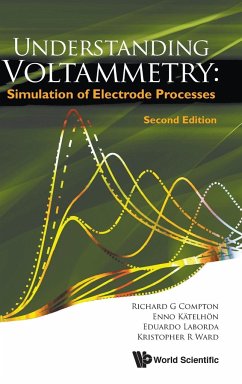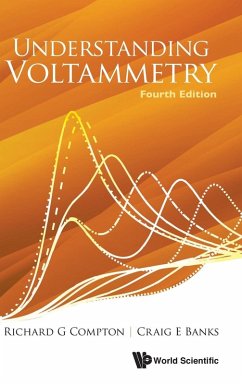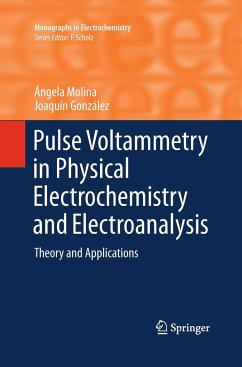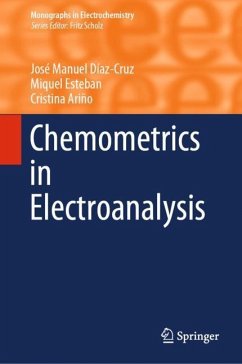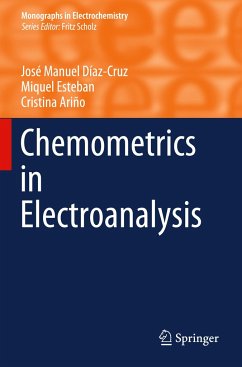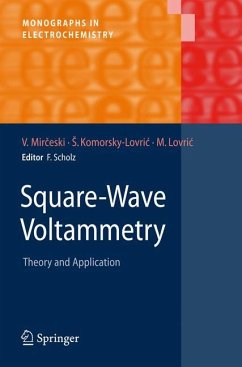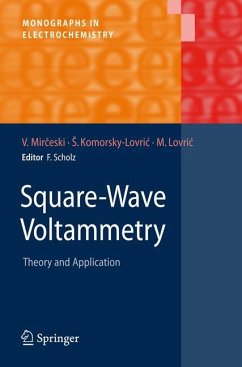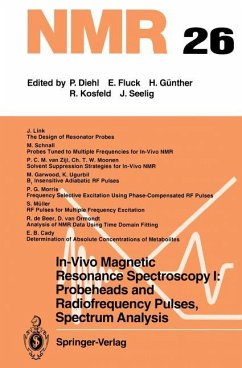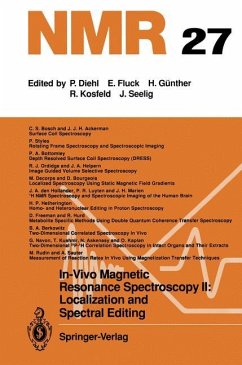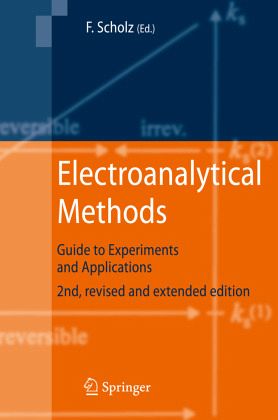
Electroanalytical Methods
Guide to Experiments and Applications
Herausgegeben: Scholz, Fritz

PAYBACK Punkte
67 °P sammeln!
Researchers and professionals will find a hands-on guide to successful experiments and applications of modern electroanalytical techniques here. The new edition has been completely revised and extended by a chapter on quartz-crystal microbalances. The book is written for chemists, biochemists, environmental and materials scientists, and physicists. A basic knowledge of chemistry and physics is sufficient for understanding the described methods. Electroanalytical techniques are particularly useful for qualitative and quantitative analysis of chemical, biochemical, and physical systems. Experien...
Researchers and professionals will find a hands-on guide to successful experiments and applications of modern electroanalytical techniques here. The new edition has been completely revised and extended by a chapter on quartz-crystal microbalances. The book is written for chemists, biochemists, environmental and materials scientists, and physicists. A basic knowledge of chemistry and physics is sufficient for understanding the described methods. Electroanalytical techniques are particularly useful for qualitative and quantitative analysis of chemical, biochemical, and physical systems. Experienced experts provide the necessary theoretical background of electrochemistry and thoroughly describe frequently used measuring techniques. Special attention is given to experimental details and data evaluation.




